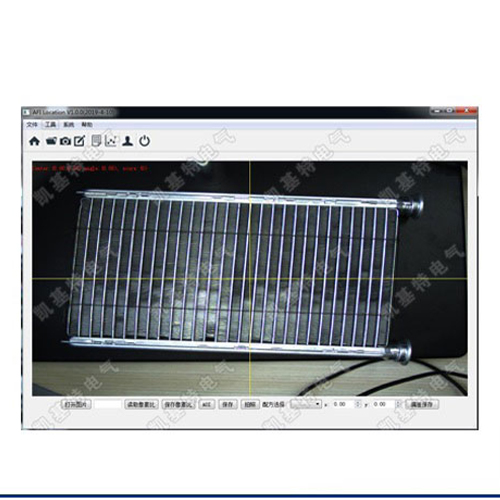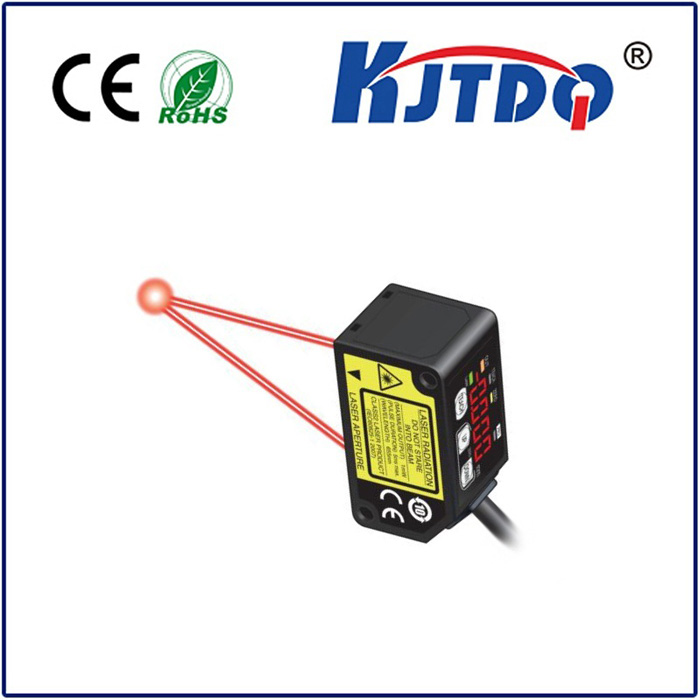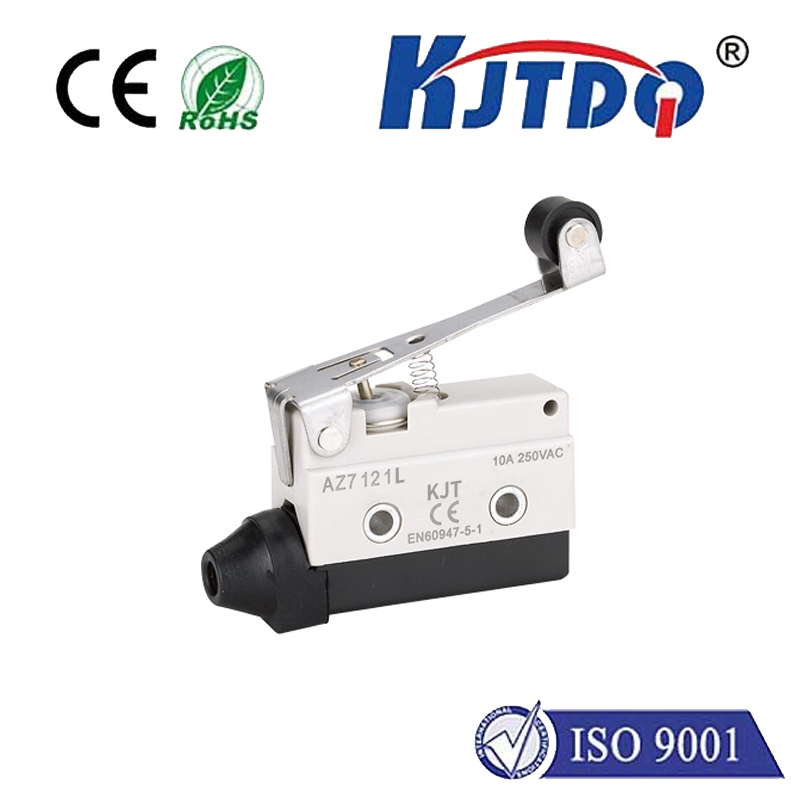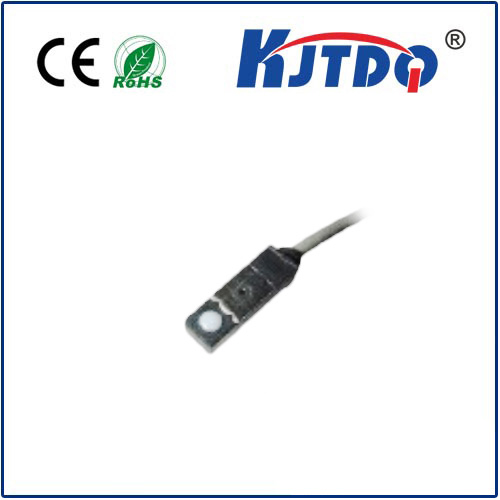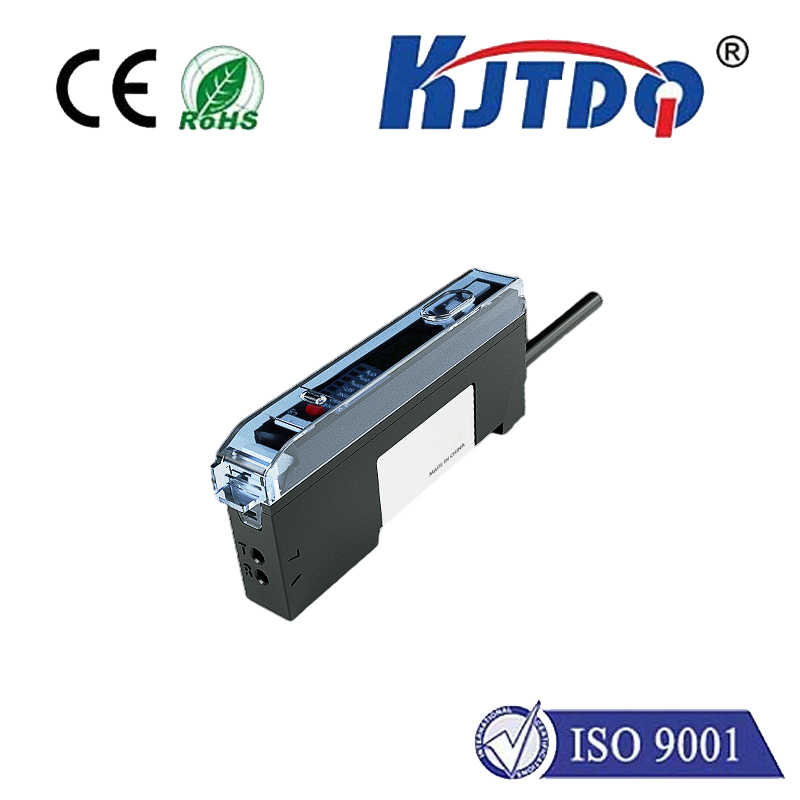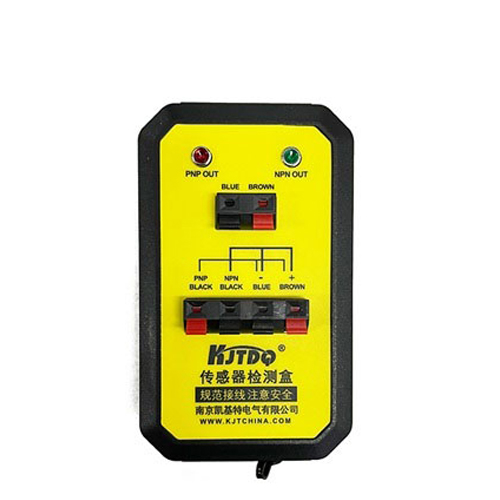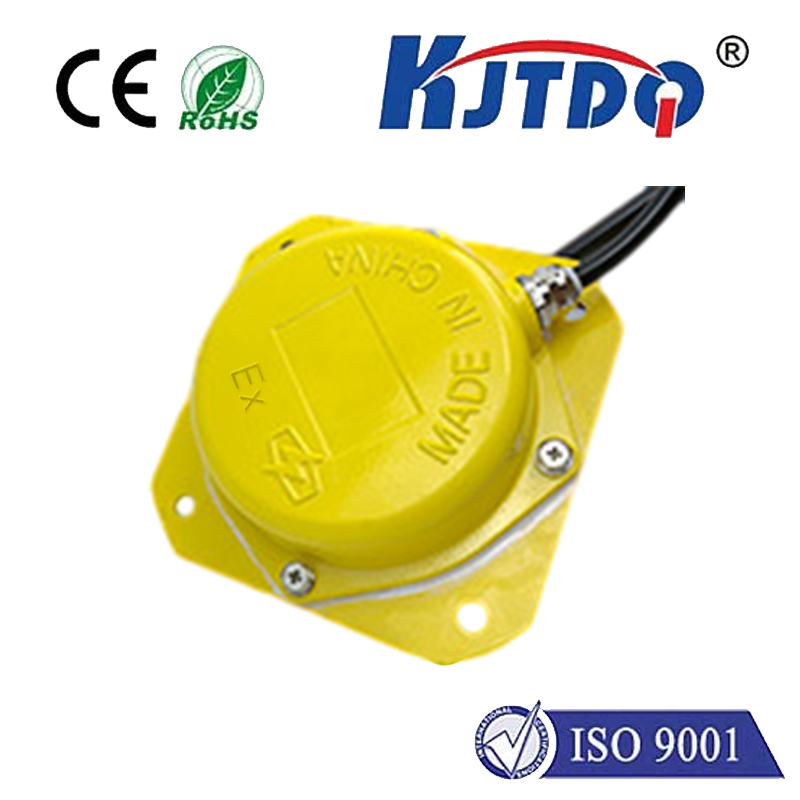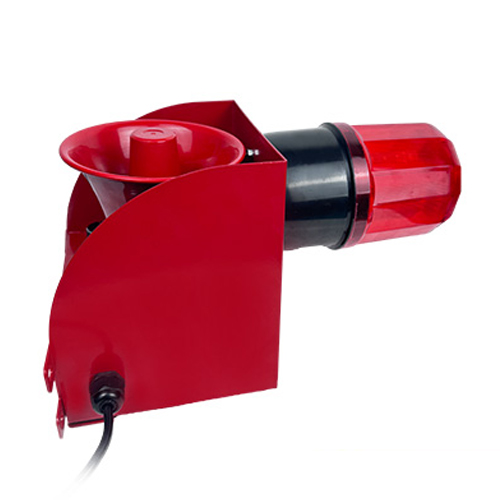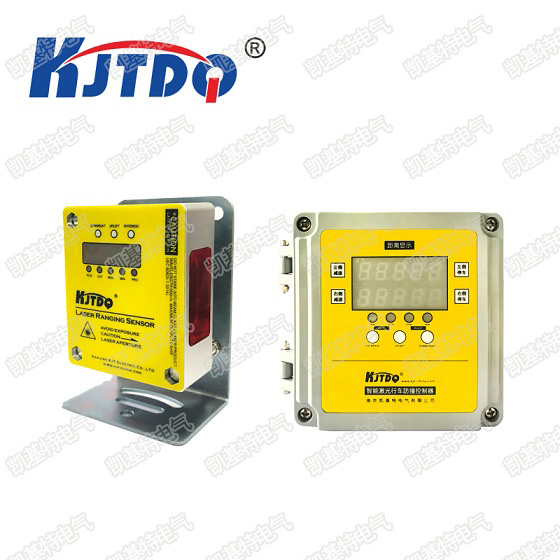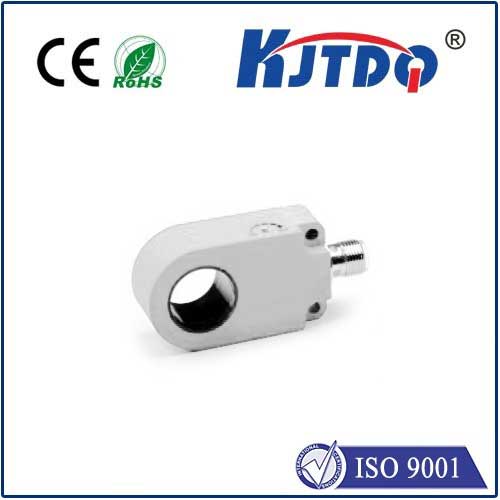human body induction sensor
- time:2025-07-12 00:21:13
- Click:0
The Silent Sentinel: How Human Body Induction Sensors Shape Everyday Convenience and Security
Ever walked into a room and the lights magically turned on? Or approached a sink and water started flowing without touching a tap? You’ve just experienced the subtle, yet powerful, magic of a Human Body Induction Sensor. These unassuming devices are the invisible conductors orchestrating convenience, energy savings, and security in our increasingly automated world. Often overlooked, they fundamentally change how we interact with spaces and technology, making the ordinary feel effortless.
But what exactly is a Human Body Induction Sensor? At its core, it’s an electronic device designed to detect the presence or movement of a human body within a specific area. It achieves this not through physical contact or cameras, but by sensing key physiological characteristics unique to humans, primarily body heat (infrared radiation) and movement. The most common underlying technologies are Passive Infrared (PIR) and Microwave Radar.

- Passive Infrared (PIR) Sensors: These are the workhorses of motion detection. All objects emit infrared energy proportional to their temperature. A human body, significantly warmer than its typical surroundings, creates a distinct thermal signature. PIR sensors are equipped with special pyroelectric materials that generate a small electrical voltage when exposed to changes in infrared radiation. When a person walks into the sensor’s field of view, their moving heat signature causes a rapid change in the infrared levels detected by different segments of the sensor. This change triggers the device. They are highly effective, relatively inexpensive, and consume minimal power, making them ideal for widespread use in lighting, security systems and automated fixtures. However, they primarily detect movement, not stationary presence, and can sometimes be confused by pets or strong heat sources.
- Microwave Radar Sensors: These sensors actively emit low-power microwave signals (similar to radar) and then detect the reflection. A moving object, like a person walking, causes a shift in the frequency of the reflected wave (Doppler effect). This shift is detected by the sensor, signaling human presence. Microwave sensors excel at detecting motion through thin, non-metallic materials like drywall or glass, and are less affected by ambient temperature changes than PIR. They can sometimes detect very subtle movements. However, they can be more prone to false triggers from moving objects like curtains and generally consume slightly more power than PIR sensors.
The applications of human body sensor technology are vast and constantly expanding, seamlessly integrating into our daily routines:
- Intelligent Lighting Control: This is perhaps the most common application. Automatic lights in hallways, bathrooms, closets, garages, and offices drastically improve convenience while cutting energy waste. Lights activate only when needed, eliminating the “left the lights on” problem.
- Touchless Fixtures Revolution: Public health awareness has accelerated the adoption of touchless faucets, soap dispensers, hand dryers, flushing mechanisms, and automatic doors. Human body presence sensors trigger these devices, minimizing germ spread and enhancing hygiene, particularly crucial in hospitals, restaurants, and airports.
- Enhanced Security Systems: Human body sensors form the backbone of many intruder detection systems. Inside homes or businesses, they detect unauthorized movement, triggering alarms or alerts. Microwave sensors are often used outdoors due to their ability to detect through windows or thin walls, while PIR sensors are common indoors.
- Smart Home & Building Automation (BMS): Beyond basic lighting, sensors integrate with broader systems. They can signal occupancy to HVAC systems, optimizing climate control for comfort and saving energy by reducing heating/cooling in unoccupied zones. They enable presence detection for smarter automation sequences.
- Energy Management & Conservation: The ability to detect presence is key to achieving true energy efficiency. Systems can power down devices, adjust thermostats, or dim lights when a room is empty, leading to significant cost and resource savings. Studies consistently show these sensors can reduce lighting energy usage by up to 70% in appropriate settings.
- Automatic Doors & Gates: Smooth, hands-free access is enabled by human body sensors embedded in door frames or gate systems, improving accessibility and traffic flow in commercial buildings, garages, and entryways. Microwave sensors are often preferred here for their range and ability to detect approaching motion.
The benefits driving adoption are compelling:
- Unmatched Convenience: Hands-free operation simplifies countless everyday tasks.
- Significant Energy Savings: Reducing phantom load and powering devices only when needed translates directly to lower utility bills and a reduced carbon footprint. Energy efficiency is a major driver.
- Improved Hygiene: Touchless interfaces minimize contact points, reducing the spread of germs – a critical advantage.
- Enhanced Security: Reliable motion detection is vital for deterring intruders and protecting property.
- Accessibility: Automatic doors and touchless controls make spaces easier to navigate for people with disabilities.
Looking ahead, the evolution of human body induction sensors is exciting. We see trends towards:
- Multi-Technology Fusion: Combining PIR, microwave, and even ultrasonic sensing in a single unit to drastically reduce false alarms and improve detection accuracy across diverse conditions.
- AI-Powered Intelligence: Embedding basic AI algorithms to better distinguish human movement from pets, swaying trees, or moving machinery, leading to smarter, more reliable systems.
- Miniaturization & Integration: Sensors becoming smaller, less obtrusive, and easier to integrate seamlessly into smart devices, appliances, and architectural elements. Capacitive sensing is also evolving for very short-range proximity detection.
- Presence Detection: Moving beyond simple motion detection to reliably sense stationary presence (e.g., someone sitting quietly in a room), enabling even finer-grained automation and energy savings.
The human body induction sensor is far more than a simple switch. It’s a foundational technology enabling smarter, safer, cleaner, and more efficient environments. From the subtle glow of an automatically lit pathway to the complex security system guarding a building, these sensors work silently in the background, constantly tuned to our presence. As technology advances, their intelligence, reliability, and seamless integration will deepen, further transforming our interaction with the spaces we inhabit, making the future not just automated, but intuitively responsive.












